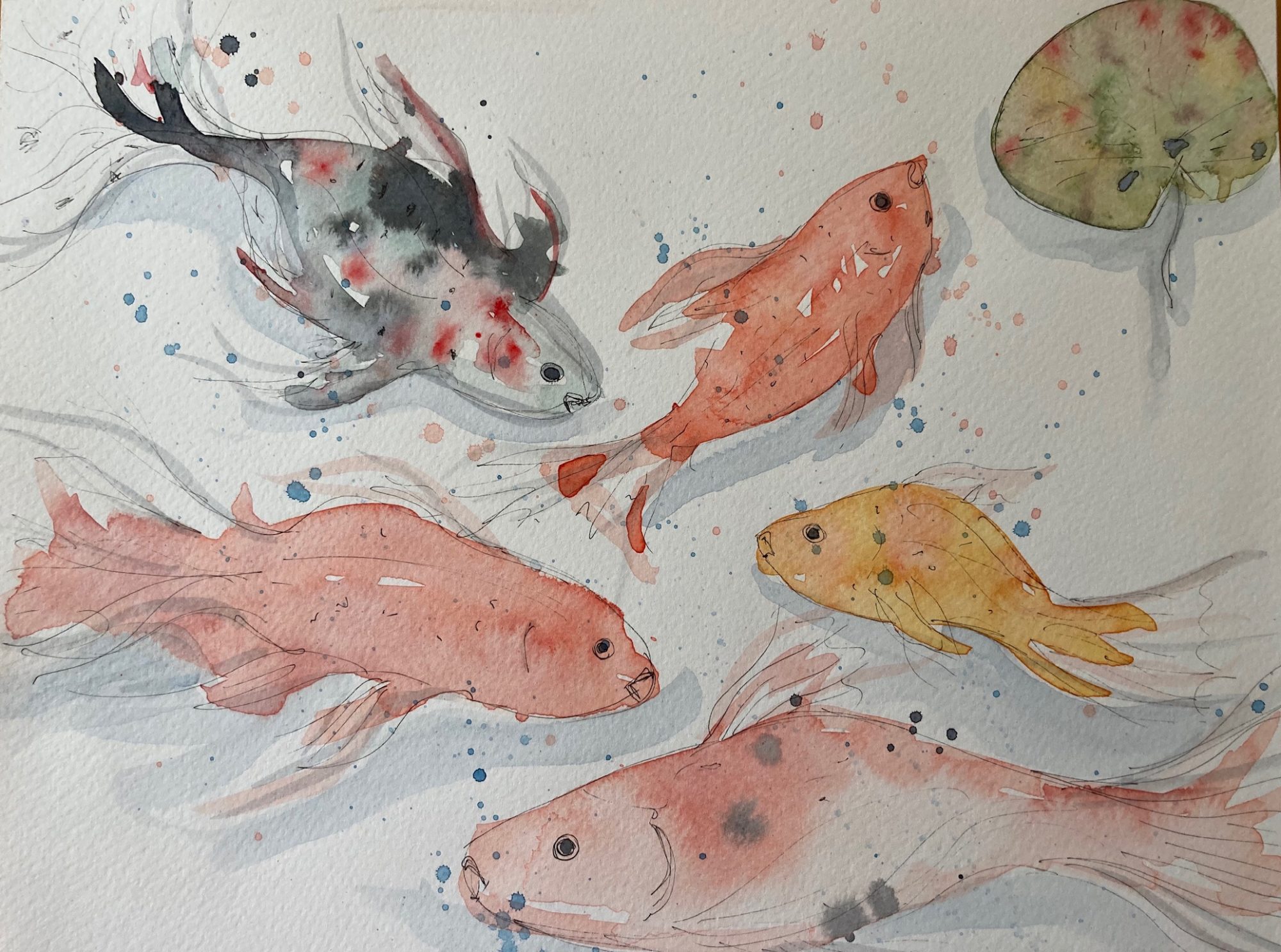This broad brief gave us the creative freedom to develop our own project in accordance with our own interests. To practice working on a broader project with greater autonomy before the final major project in Stage 3 .
Select one word from the list below and use it as a starting point for a project. We must consider our project end user context and how it functions successfully within it.
Futures
Home
Path
Values
Light
Here & Now
Growth
Collections
